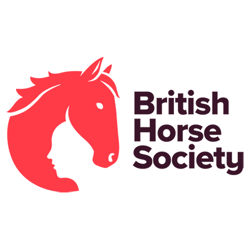Equine first-aid kit essential items
This list has been designed as a guide to help horse owners and those that care for horses with the management of equine wounds. We recommend that you have one kit for one horse, which can also be taken when the horse is travelling. It is also recommended that you restock any items used as soon as possible and that you check your kit every six months.
Personal hygiene
chevron-down
chevron-up
- Latex (or alternative) gloves
- Soap for hand washing (or hand gel if hands are already clean and dirt free)
Wound cleaning
chevron-down
chevron-up
Warning – most antiseptics or alcohol-based treatments are harmful to open wounds and may delay wound healing. Please ask for veterinary advice before using.
- Clean water (hosepipe or large bottle of drinking water)
- Medical gauze swabs

- 50ml+ clean, unused syringe
Wound dressing and bandaging
chevron-down
chevron-up
Warning - a number of topical treatments (creams, gels, ointments) are harmful to open wounds and may negatively impact wound healing. Please ask for veterinary advice before using. The guide below is the safest approach for any damaged/exposed areas.
- Wound hydrogel
- Non-adherent wound dressings (a sterile dressing pad to cover a wound without sticking to the skin, available in a range of sizes)

- Padding bandage (to hold wound dressing in place)

- Cotton wool bandage OR gamgee (for padding and reducing pressure points - at least one roll)

- Conforming bandage (knitted or weaved bandage, used to secure cotton wool layer)

- Cohesive bandage (flexible stretchy bandage that sticks to itself, providing an outer cover)

- Adhesive bandage (to prevent dirt or bedding from getting under the bandage)

- For foot poultices only – duct tape
Helpful items
chevron-down
chevron-up
- Torch – for dealing with first aid emergencies in the dark or insufficient lit areas
- Spare headcollar and lead rope
- Safety release or thinly woven bailing twine – for safe tying up
- Hoof pick
- Blunt-ended scissors (e.g. bandage scissors)
- Thermometer
Emergency Decision Making
chevron-down
chevron-up
Time is of the essence in an emergency, especially if the condition is severe and referral to a veterinary hospital is required. Any delay could affect the outcome for the horse. By preparing an emergency care plan, you can avoid making rushed decisions.
Download our emergency care plan here.
